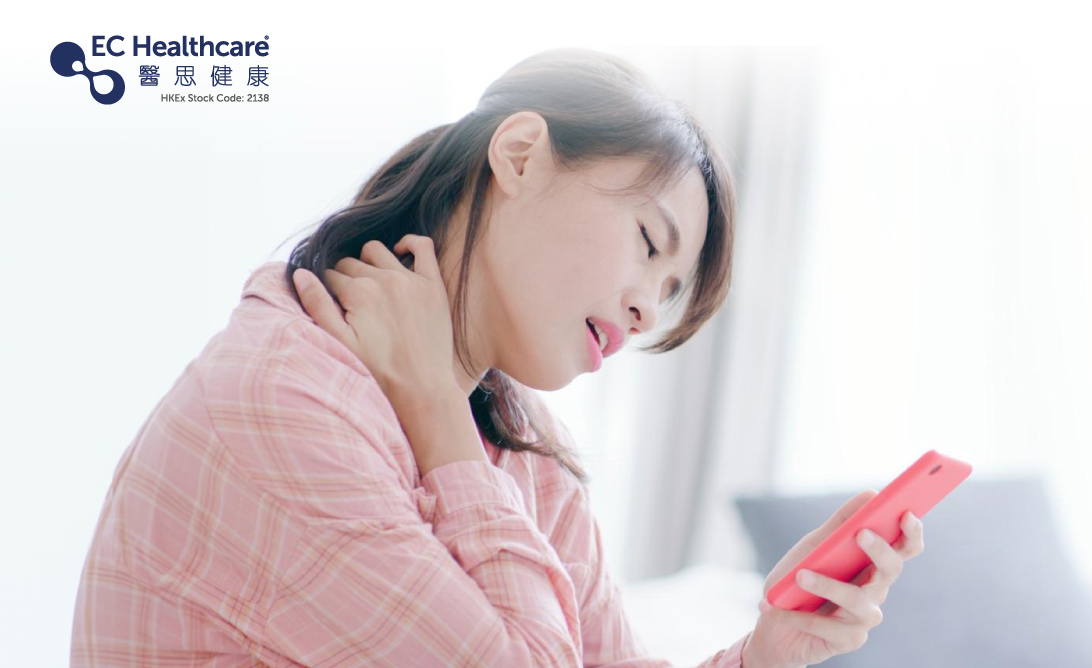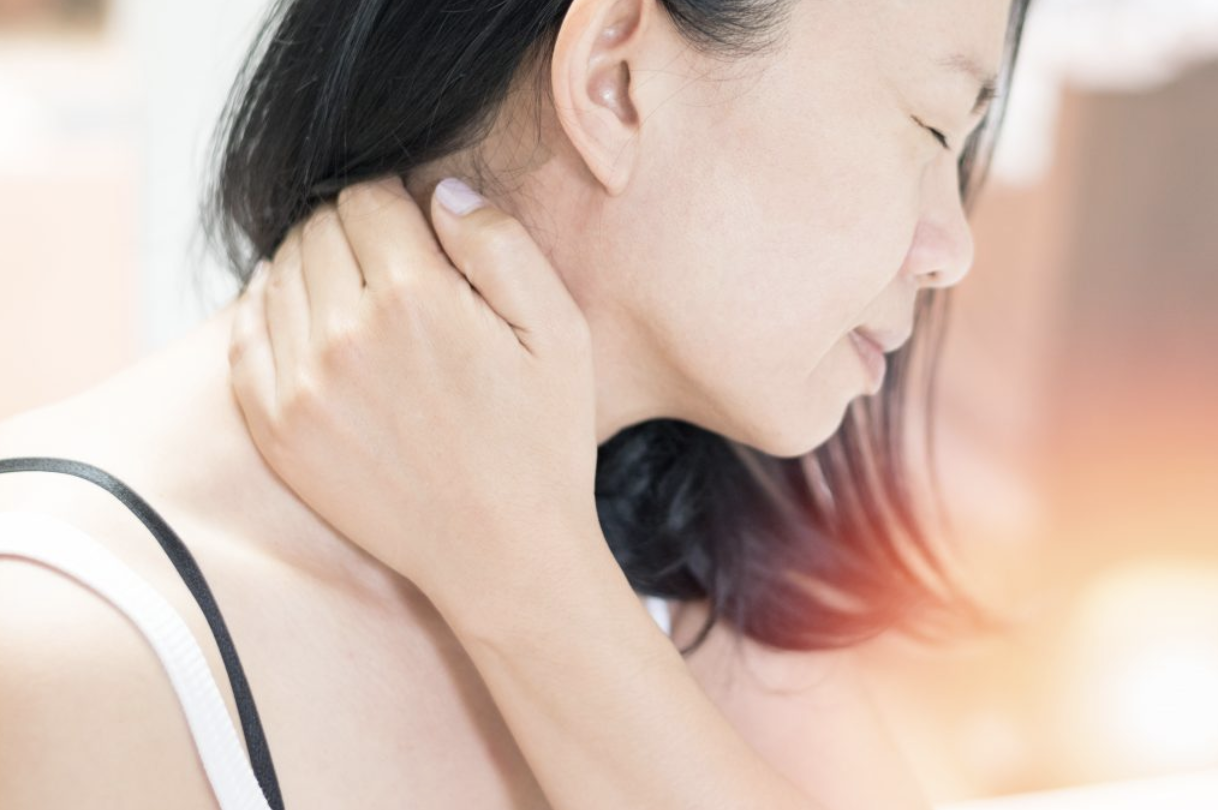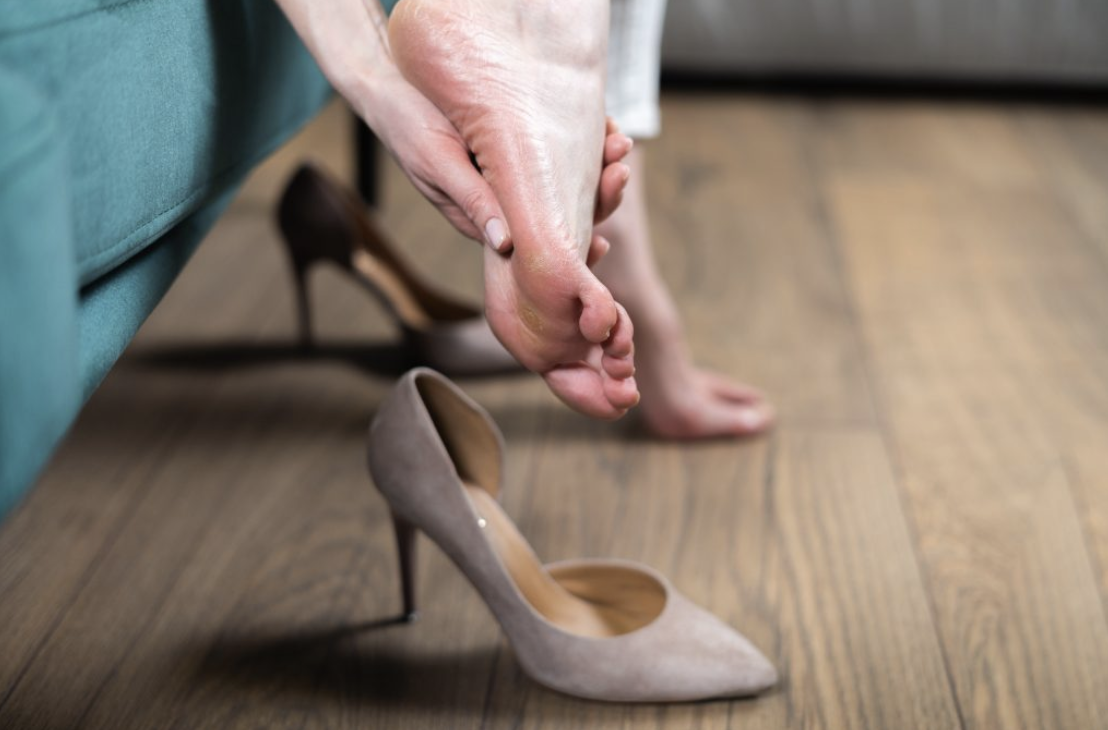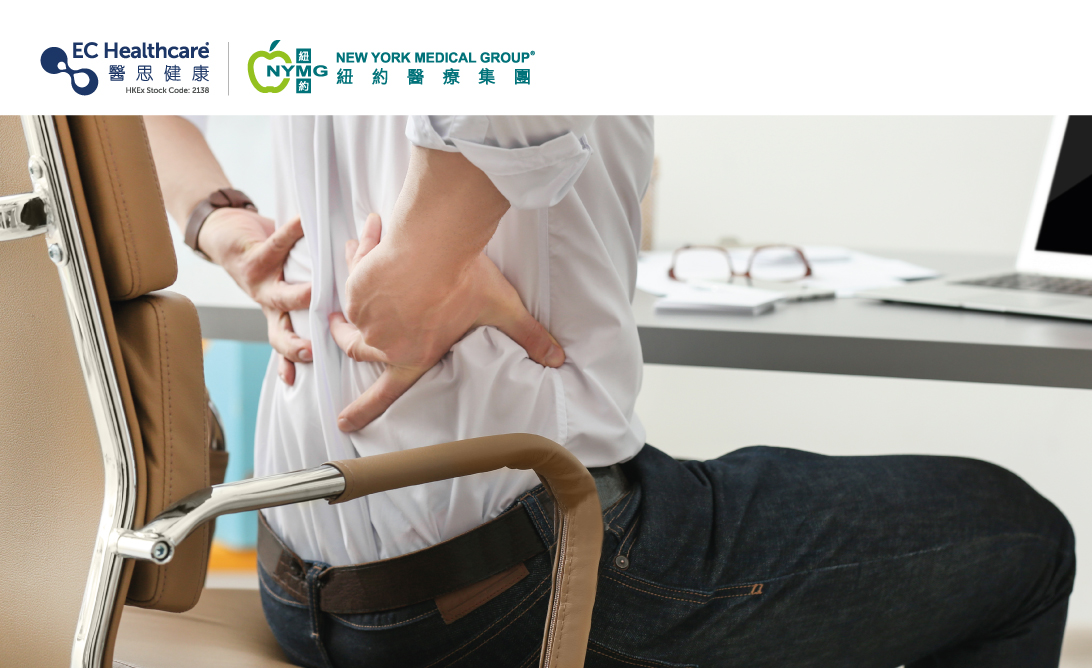Can Phone Addiction Cause Bone Spurs and Paralysis? Chiropractor Dr Steve Yun Is Here to Debunk the Myths


During the pandemic, many people stayed at home and spent much time on their phones. Phone addiction not only makes the hands prone to "tennis elbow" and "mommy thumb", but can also trigger bone spurs. There are even rumors that it can lead to terrible consequences like incontinence and even paralysis! So, why do bone spurs occur? Is it becoming more common in younger people? Is there a way to reverse bone spurs once they occur? We have invited a chiropractor, Dr Steve Yun, to debunk the myths for us.
What are bone spurs?
As the name suggests, bone spurs (or osteophytes) are bony growths at the end or edge of the bone.
Why do bone spurs occur?
The growth of bone spurs is a self-repair mechanism in response to cartilage damage. When cartilage in the joints is damaged due to degeneration, infection, trauma, or inflammation, its ability to bear and resist external pressure declines. As a result, many cracks form, and the surrounding soft tissues like the joint capsule and ligaments become loose and unstable. To stabilize the joint, the body will create new bone material to repair the degenerated or damaged part of the cartilage, leading to bone spurs. If the joint continues to deteriorate, the bone spurs will continue to grow and eventually connect the joint together.
Are males or females more prone to bone spurs? Is it an elderly illness that occurs with ageing?
The risk of developing bone spurs is not related to gender. Generally, seniors are more likely to develop bone spurs than younger people.
Where do bone spurs appear in the body?
Bone spurs can grow on any bone in the body. They usually appear at the end of the bone near the joints, but they can also grow in areas that experience more friction, such as the heel.
Who is more likely to develop bone spurs?
Most seniors are prone to bone spurs due to bone degeneration. However, young people who have had joint injuries, are obese, or have prolonged poor posture are also more prone to bone spurs than healthy individuals. Some diseases such as rheumatoid arthritis, lupus erythematosus, gout and psoriasis can cause repeated joint inflammation, resulting in bone spurs.
Where do bone spurs usually grow?
Bone spurs are most commonly found in weight-bearing or frequently used joints such as the knees, spine, pelvis, ankles, and heels.
Are there any noticeable symptoms of bone spurs?
Most bone spurs do not necessarily show obvious symptoms, but if they compress the nerves, they may cause pain or joint stiffness. In severe cases, it may lead to numb and weak limbs, muscle atrophy, or even urinary incontinence!
Which age group in Hong Kong is the most affected by bone spurs?
There is currently no statistical data or medical research on the age when Hong Kong people develop bone spurs. However, according to a medical report in the United States, people aged 60 or older have the highest incidence rate of bone spurs.
What are the treatment options available for bone spurs?
Medications can provide temporary pain relief, but you cannot get rid of bone spurs with injections or medications. The only way to eliminate bone spurs is through surgery. However, if bone spurs do not cause symptoms, treatment may not be necessary. Instead, patients should seek medical attention to identify the cause of bone spurs and receive preventive treatments to prevent the condition from worsening.
When is surgery necessary for severe bone spurs?
As mentioned earlier, severe pain caused by bone spurs cannot be relieved by medication alone. If bone spurs compress the nerves and cause intense pain, surgery may be necessary.
What can we do to prevent bone spurs?
We can prevent bone spurs by maintaining correct posture, avoiding prolonged sitting or standing, exercising regularly, having a balanced diet, and replenishing antioxidants.








